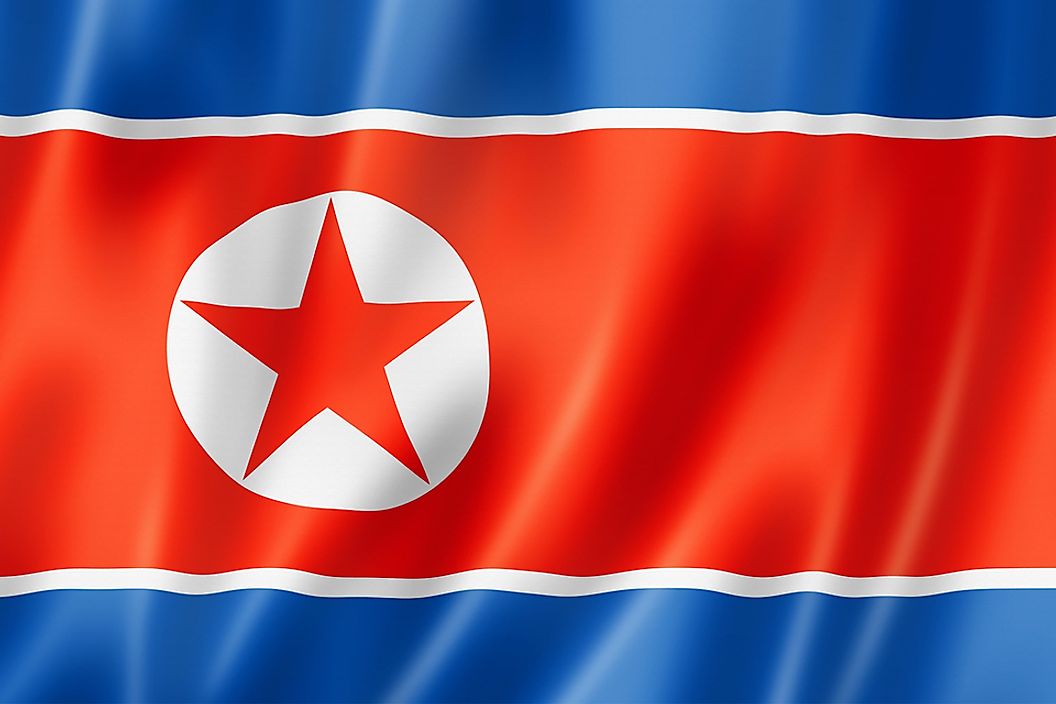What Languages Are Spoken in North Korea?

Approximately 24,852,000 people live in North Korea, and the majority of them are ethnically homogeneous. However, the country also has small Chinese and Japanese populations. North Korea heavily regulates immigration and thus there is very little racial or ethnic diversity in the nation. The Korean language is the official and national language of North Korea, as well as its immediate neighbor, South Korea. The English term "Korean" has its origins in Goryeo, which is believed to be the very first Korean dynasty acknowledged by Western nations.
Korean: the Official and Most Widely Spoken Language of Korea
The Korean language has an estimated 80 million speakers across the world. The language is classified in the Koreanic language family and linguists regard Korean as a language isolate, although it has several extinct relatives, which makes learning Korean a difficult task for non-Koreans. The proposal that Korea is part of the controversial Altaic family of languages is refuted in academic research. Modern Korean has its roots in the language used in Prehistoric Korea, which developed into Old Korean, and subsequently into Middle Korean. The nature of the language used in Prehistoric Korea is debated, partly because the Korean genetic origins remain controversial. A section of linguists suggests the existence of a relation between Korean and Japonic languages, while others assert that the languages should be categorized in the Altaic family. Chinese characters, upon their arrival with Buddhism in Korea, were adapted for Korean and named hanja. The Hanja script was the primary script for written Korean until the introduction of hangul by King Sejong the Great. Hangul remains the preferred script in North Korea, as well as in neighboring South Korea. 70 years of separation has resulted in variations in the standard Korean used in the two nations.
Pyongan Dialect
The Pyongan dialect is the Korean variant spoken in the northwestern Korean Peninsula, as well as neighboring Chinese regions. The dialect has influenced the Standard Korean used in North Korea. This dialect is widespread in Pyongyang, the province of Chagang in North Korea, and the Chinese province of Liaoning. An eight vowel system is featured in the Pyongan dialect, while various terms used in the dialect are distinct from other Korean dialects.
Gyeonggi Dialect
The Gyeonggi dialect is regarded as the most prestigious variant of all Korean dialects. This dialect is common in the Seoul National Capital Area and the larger Gyeonggi province. In North Korea, this dialect is common in the city Kaesong, as well as Changping and Kaepung counties.
Munhwaŏ Dialect
The Munhwaŏ dialect serves as the standard version of Korean spoken in North Korea. It was embraced as the standard language in 1966, and the adoption meant that the Pyongan dialect used in Pyongyang and the surrounding regions was to act as the basis for Munhwaŏ. Most distinctions between the South and North Korean standards can be attributed to the Northern ideological inclination for "the speech of the working class" that features some terms regarded as non-standard in the South and the replacement of loanwords with pure Korean words.











